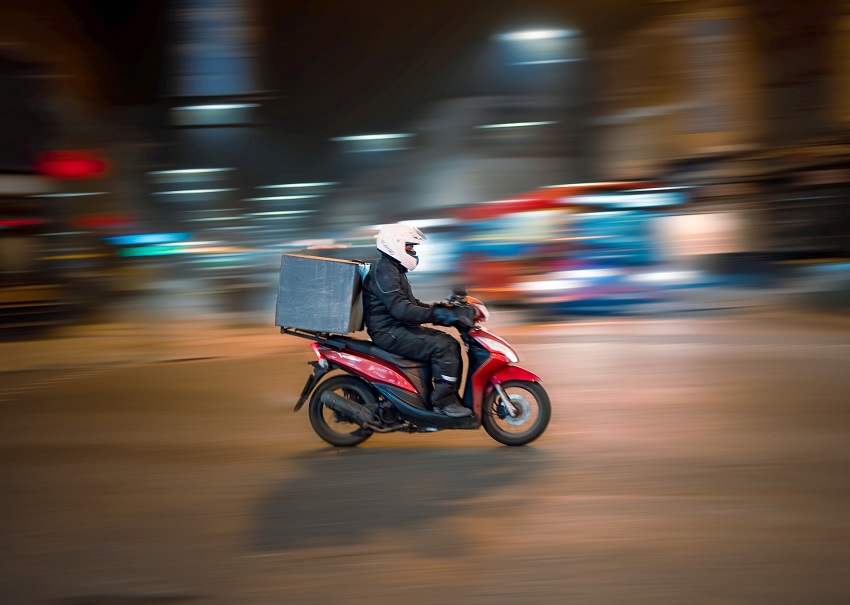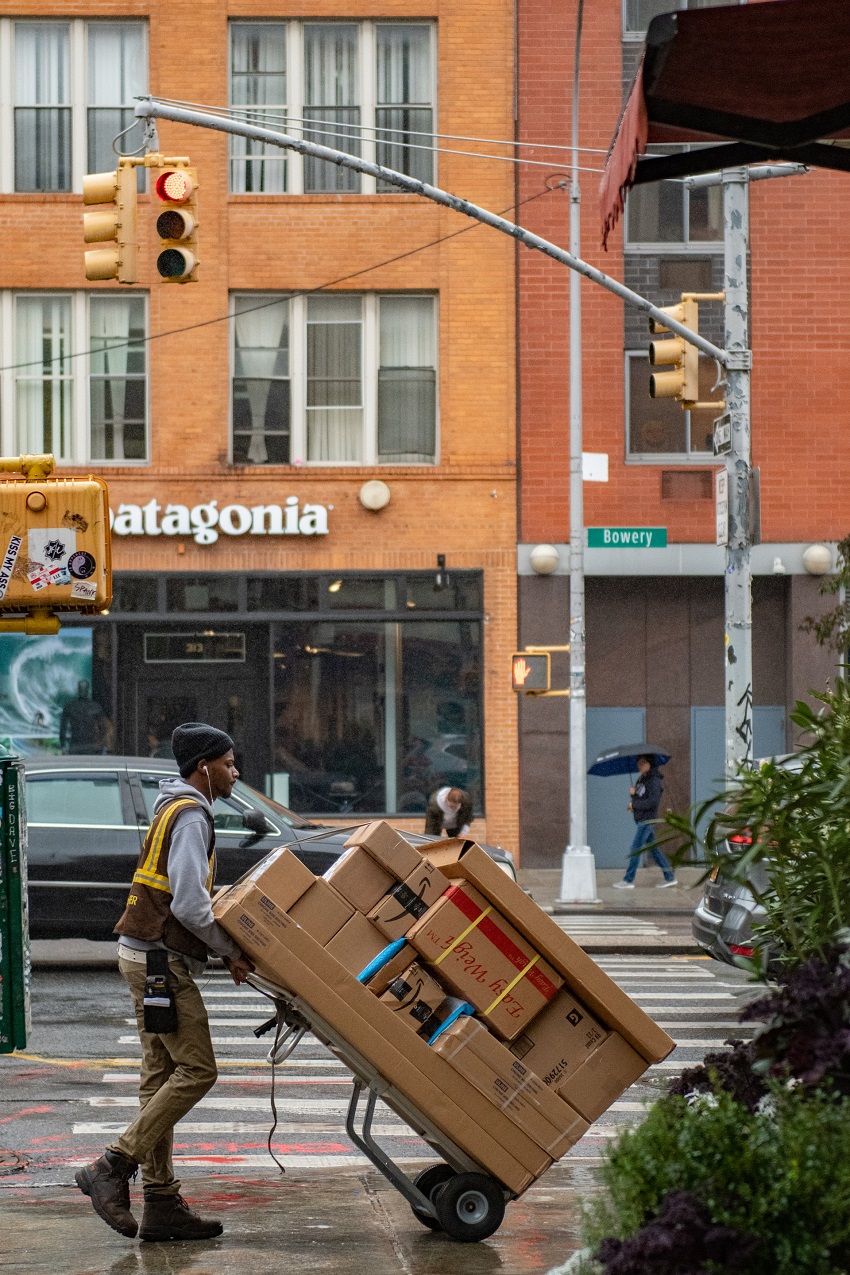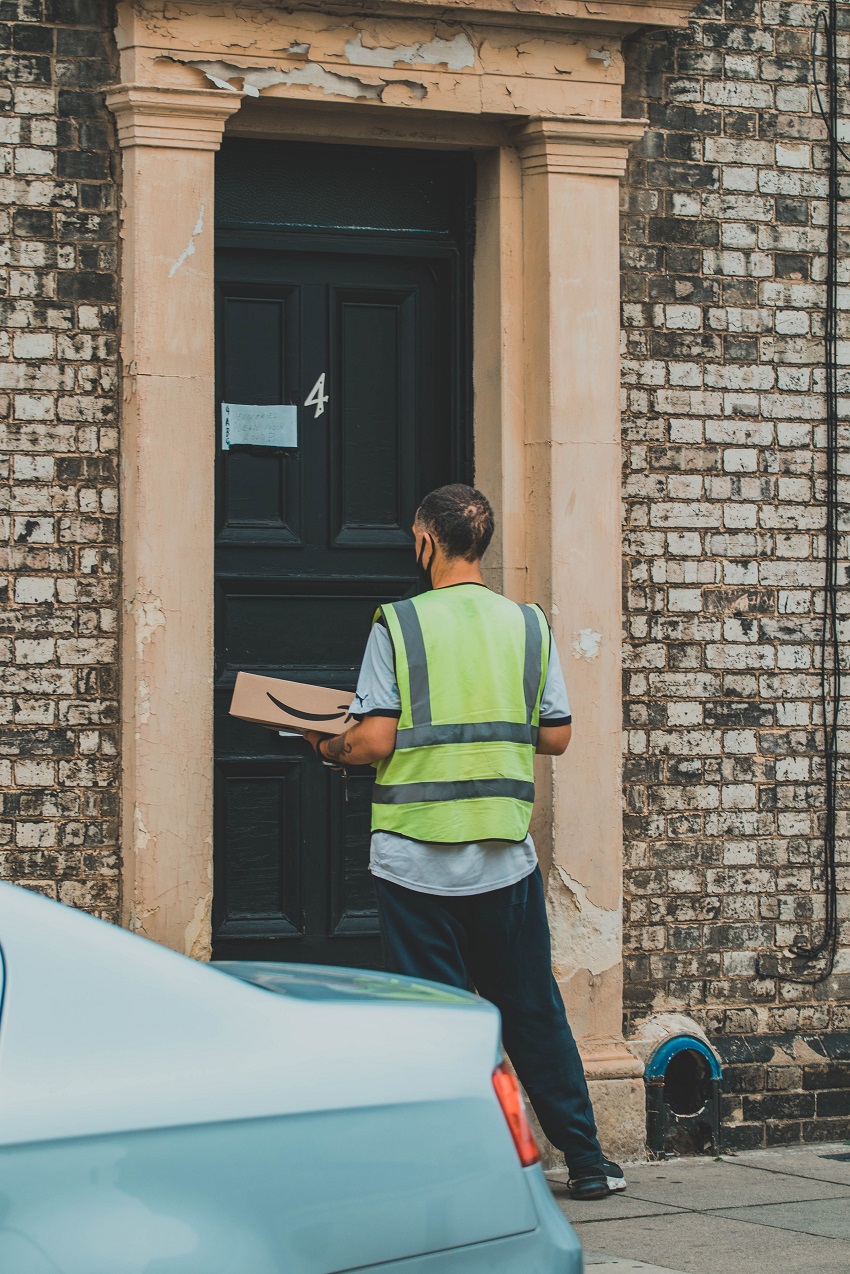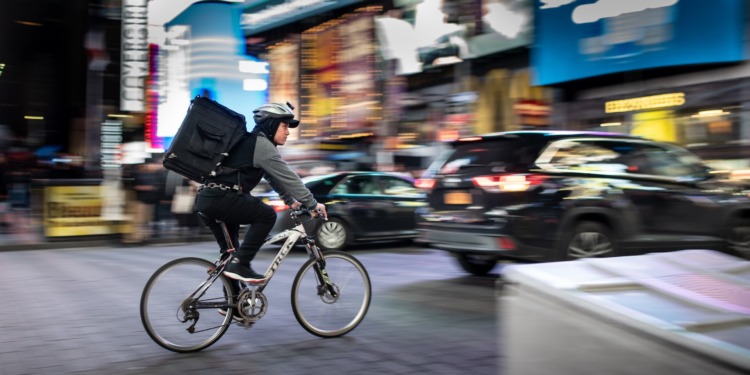Consumers are using more and more eCommerce services every day, and efficient and sustainable last-mile logistics are becoming the next challenge for businesses that want to compete with eCommerce giants like Amazon. While consumers are expecting their delivery driver to show up in a maximum of a day or even in a few hours, the downside of that is now a large part of the cost of a product for consumers is actually the transportation of the package from its original location right to their door. This could reach up to 53% of the total price.
How to reduce this cost? What are the current challenges in the supply chain and in last-mile transportation? What could be some tech solutions currently available? In this article, we have a look at some of the issues and options to complete that very last-mile delivery.

The issues of last-mile delivery
Inefficiency is one of the biggest issues of last-mile delivery. The reasons behind these inefficiencies are sometimes related to old or outdated GPS and tracking software in use by delivery companies or local postal services. Better route planning, designed by software, could be alone a way for last-mile delivery to be more efficient, sustainable, and reduce costs. Unfortunately, many companies are rather focusing on other parts of the supply chain rather than the last-mile delivery.
Another issue related to the delivery process is traffic in urban areas. This can make the journey of packages from point “A” to point “B” very long even if the distance between the carrier hub and the customer is fairly short. For rural areas, the problem is actually quite the opposite. A last-mile delivery could become a delivery lasting for several miles because of the distance between customers. Multiple drop-off points don’t help both the efficiency of this process and sustainability.
The final issue to keep in mind related to last-mile delivery is customers’ expectations. Customers expect their delivery process to be seamless, from retailers shipping their parcels to the final mile to their homes. If goods or parcels are stuck for any reason along the way this affects the customers‘ experience and indirectly retailers as well. How many times after receiving a notification that a package is out for delivery, and tracking the courier near your house you had to wait many hours for late delivery? Many times drivers need proof of delivery too forcing customers to wait at home.

Tech solutions to make last-mile delivery more efficient
Delivery robots are yet to become a trend in last-mile delivery. Full automation in a sector where there is interaction with customers could be very difficult to achieve. Drones have also the potential to improve delivery efficiency for final mile delivery, but they are not yet widely available for commercial use, and they don’t seem practical for urban areas.
Yet, there are still several potential solutions to the challenges of last-mile delivery. Delivery lockers and storefront pickup locations can provide consumers with more convenient options for receiving their packages. Route optimization technologies can help companies plan the most efficient routes for their delivery vehicles, reducing costs and improving capacity.
Additionally, creating some sort of transportation hub for goods for last-mile delivery seems another solution. In these hubs, goods can be transferred to last-mile logistics providers. This could be an ideal solution making the process more efficient and customers happier as they will receive their order on time with no extra costs.
RELATED ARTICLES: PortXL, Accelerating Sustainability And Digitalization In The Maritime Industry | International Shipping Responsible for 2% of Global CO2 Emissions | Electric Cargo Ships | Name Your Price: Deliveroo Pauses Plans To Cut Pay | Deal of the Week: Sustainable Cargo Shipping Solutions | How Decarbonizing Shipping Just Got a Push – From Banks |
Sustainable last-mile delivery
What are the best and most sustainable ways to complete a last-mile delivery? Bikes seem to be one of the best ways to complete last-mile deliveries and this service could be provided either by the local postal service, shipping companies, or third-party digital provider companies.
Many local postal service providers or shipping companies are also switching to EVs for more sustainable last-mile delivery. Those could be necessary considering many cities are applying strict emission reduction rules, but local deliveries are still necessary.
Finally, according to a report by Accenture, a collaborative approach could be one way to fix part of the issues of last-mile delivery and make customers and retailers happy both because the order arrives on time and costs will still be reasonable. Unfortunately, in order to achieve that the shipping supply chain needs to be redesigned. By doing so, this sector could achieve emissions reductions of up to 25%.
A good example of a more collaborative approach could be changing the delivery times to late evening. Thanks to this, deliveries will no longer get stuck in traffic making their journey to the final destination much easier quicker, and with reduced emissions. For customers it will be also better as they most likely are at home at that time of the day and drivers will not have the issue of having to look for their customers.

Tech and sustainable last-mile delivery solutions for the future
Deliveries can become more efficient and more sustainable keeping businesses, consumers, and even drivers happy thanks to technology. Technology with tracking solutions like a mobile app can help a customer understand exactly when a parcel could arrive at their home. At the same time, technology could also help couriers choose the right road, become more efficient, and deliver to consumers on time.
The next step to improve even more last-mile delivery is to make sure carriers and shipping brands have a more collaborative approach allowing them to optimize all the parts of the supply chain from the very beginning to the delivery.
Finally, it will take time before some cool technology for last-mile delivery, such as automated robots or smaller drones, will become a solution. Eventually, we will get there and the transportation of goods will change. At that point, a customer will no longer need a person to interact with. It will be a different customer experience and the total cost of shipping might even drop.
In the end, the point of improving this process is to make the customer happy and to do so in the most sustainable and efficient way. If robots and drones are the right solutions, let’s use them!
Editor’s Note: The opinions expressed here by the authors are their own. Not those of Impakter.com — In the Featured Photo: A bike for last-mile delivery. Featured Photo Credit: Unsplash.










